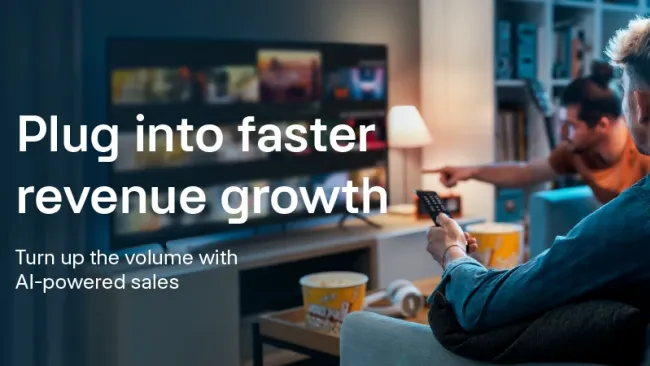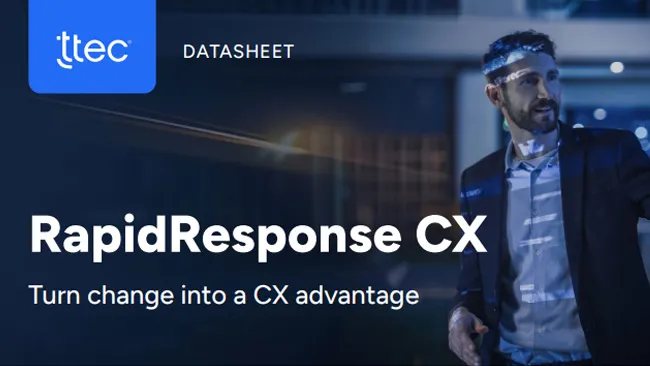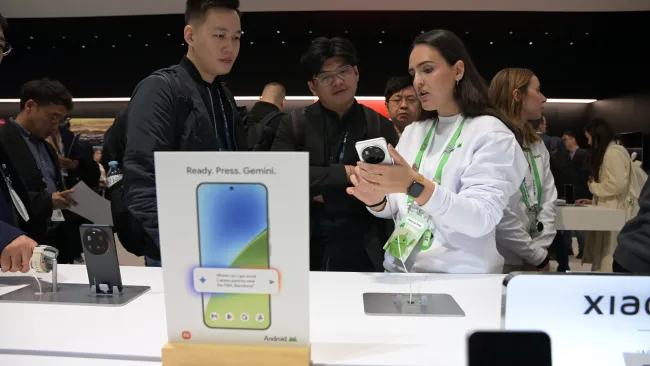What would happen if companies got out of their own way and let employees and customers help each other with service? I’m talking about full scale communication between customers and employees, among employees, and customer-to-customer. I’m referring to a social, collaborative ecosystem where assistance is real time and open.
Do companies trust their employees that much? Do companies trust their customers that much? The answer to both should be “Yes.”
Companies should be (and some are) embarking on trustable social communication and collaboration via online platforms. They use a blend of private enterprise collaboration tools and public social technologies from Facebook and Twitter to Instagram and Snapchat to connect with customers, and have customers connect with like-minded peers. This leads to better experiences, and better business results.
According to McKinsey, 80 percent of executives say their companies use social collaboration tools for internal purposes, up from 69 percent in 2014. And a recent Aberdeen Group study found that over the course of a year, companies using enterprise social collaboration tools improved their customer response rate by 96 percent.
It makes sense. People like people. People trust people. People tend to like and trust those most similar to themselves. Knowing this, the next generation of service will be about creating holistic customer and employee collaborative experiences and managing the collaboration for mutual benefit. Companies need to think through, invest sensibly, and be prepared for glitches throughout the transformation into a collaborative environment.
Start with employees
Companies prosper immensely when they connect employees and trust them to collaborate and listen to one another to improve service and daily activities. Proactive companies are working to lessen the degrees of separation among employees, regardless of location, role, or hierarchical standing. They are listening to employee feedback, responding in a timely manner, acting on it, and rewarding employees for sharing—even when it’s a tough message to absorb. This makes employees feel valued and respected, leading to improved performance and retention.
Technology isn’t enough. Enterprise collaboration tools exist to create a dynamic knowledgebase that can be updated in real time to reflect insights contributed by employees, or to connect employees so they can help one another. But a poor culture that hinders collaboration cannot be improved with a technology layer sitting on top.
Some senior executives say they are concerned about what employees will say, rumors that will start, and/or false information being shared. Well, if you are reading this and nodding your head in agreement, it’s already too late. Employees talk whether or not there are technology platforms.
Frontline employees want to share what they learn from their customer interactions. They are excited to have a platform to improve the company and customer engagement. They need to be allowed to be honest and safe from discipline for doing the right thing, even if the truth hurts and is managed professionally. The culture must encourage honest discourse and discussions about how to continuously improve.
Connect those customers
Some companies are terrified by the prospect of giving customers a platform for sharing ideas, fearing negative impact on the stock price, customer loyalty, or profitability. Yet truly customer-centric companies salivate at the opportunity to learn from customers first hand. This is why social collaboration communities, where customers can freely “talk amongst themselves,” are valuable to companies that want to listen to their customers, learn from them, and improve their product and service experiences. The ideation, feedback, and sentiment gathered from these collaborative experiences unite brands with customers’ brand expectations. Customers help fellow customers in channels in which they want to be helped. But it also helps from the company’s perspective to provide better service, get to know customers, save money on support via customer-to-customer assistance, reduce the need for surveys, and identify and create customer advocates.
The goal is to combine internal employee collaboration with customer communities to generate more holistic insight.
How to make it happen
Once you’ve made the decision to become more collaborative with employees and customers, execution is critical. Here are some recommendations to ensure your program has the right balance of strategy and execution.
Set clear objectives. We recommend starting with a strategic workshop to identify clear objectives and metrics to track the success of a social collaboration program. It’s critical that a cross-functional team be involved at this stage, with customer support, human resources, marketing, employee communications, and IT representing their perspective on the overall experience. Define a roadmap with small, medium, and long-term plans, along with metrics to track progress of the initiative. Our Vision-to-Results methodology helps operationalize the abstract by addressing cultural, operational, and measurement aspects of the program roll-out.
Engage key users and influencers. Find key employees in your company to serve as beta testers and influencers. Those with a lot of connections who are willing to share their opinions are great resources. And while higher performing employees are usually tapped, consider medium performing ones as well, who represent a larger swath of your actual employees.
Create exclusive, invitation-only user groups. Slowly invite more people to join the conversation. The exclusivity will create interest and buzz, and people who are invited will be more likely to participate if they consider it a special honor. Use the same approach for customers, as well.
Build use cases. Determine how the collaborative experience will operate for users. What information will they be encouraged to share? How will they use the tools and technology? What will the ideal experience look like, and how can the team enable that ideal state?
Never stop improving. Social collaboration is a dynamic endeavor. By its very nature it’s iterative and always improving. Keep up with what users want in both usage and outcomes of their collaborative efforts.
Collaboration in action
Progressive companies tailor their collaboration spaces to the needs of their users. We designed one client’s employee collaboration environment to resemble the Pinterest interface, since the program was popular with many of the client’s employees. In another case, the client was more business-oriented, so we created an environment similar to LinkedIn and Facebook.
The key to adoption is to understand your employees and customers and make it an easy, frictionless part of their activities. Show them what’s in it for them.
Utopia is when customers become loyal advocates and employees become empowered and motivated. The power of collaboration brings people together. Minimizing degrees of separation is critical. Getting over the fear and embracing the feedback means companies must start trusting their customers and employees. As companies become comfortable with learning how the outside and inside worlds perceive them, they will learn to better serve their customers and employees.
















